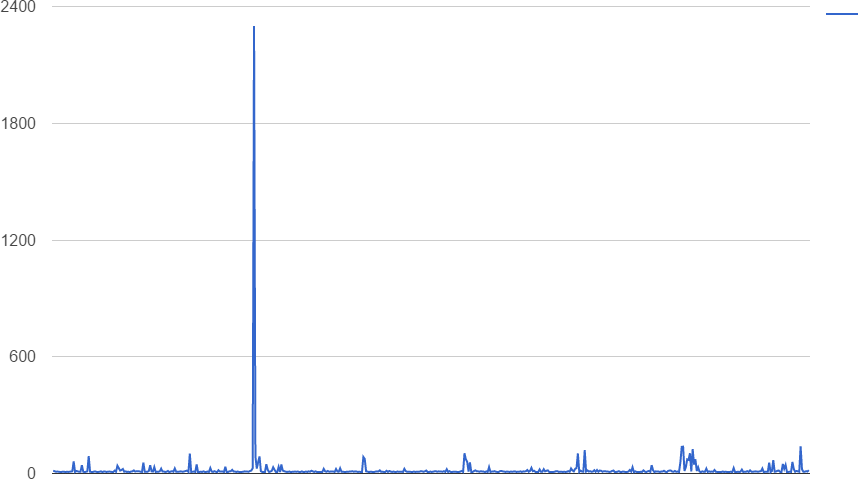drinkingbird
Part of the Furniture
I beg to differ --- I find ping to be really useful for debugging/optimizing a home network. I agree that pinging random servers out on the net isn't going to give you much beyond a basic connectivity check. But there's nothing you can do about conditions out on the net anyway. What you can do something about is your home net, and logging ping results over time can give you a lot of insight into that.
As an example, awhile back I set up a cron script to steadily ping various other machines (particularly my routers) from my primary workstation, and discovered that the wireless connection to my FiOS router was dropping close to 1% of pings. That's frickin' awful, and it accounted for a lot of the visible performance problems I was having, such as slow web page loads. That eventually drove me to pay somebody to pull ethernet cable to replace that wireless link, something that's improved matters quite a bit. I've also used ping drop rates and round-trip-time stats to determine whether wireless AP placements are good and whether wireless interference is tolerable.
Sure, you are not going to see consistent-to-sub-millisecond ping times across a wireless link, but that's not the point. It's the fraction of dropped or very slow pings that matters.
To clarify, I'm talking about ICMP ping being unreliable/inaccurate to a certain extent. If you're using CRON, I'm assuming you were using TCP Ping which is far better (I believe that is the default for Linux).
I at one time used ICMP ping tests (graphed via cacti/rrdtool) to diagnose a packet loss problem my ISP was having. Turned out an electrical wire was laying on the coax somewhere in my neighborhood. They would not even look into it until I showed them the graphs. In that case, finding significant packet loss, ICMP was perfectly fine.
A consistent 1% loss is a reliable result even with ICMP. A drop every now and then, even to your own internal router, may just be the nature of ICMP (or rather the devices it passes through not treating it with the same priority as other protocols).
For latency, if you're trying to figure out which settings can shave off a msec, ICMP simply isn't accurate enough. TCP ping is better (the default for linux I believe), but having a reliable probe/listener setup is the best way. Not always practical obviously.
Last edited:


